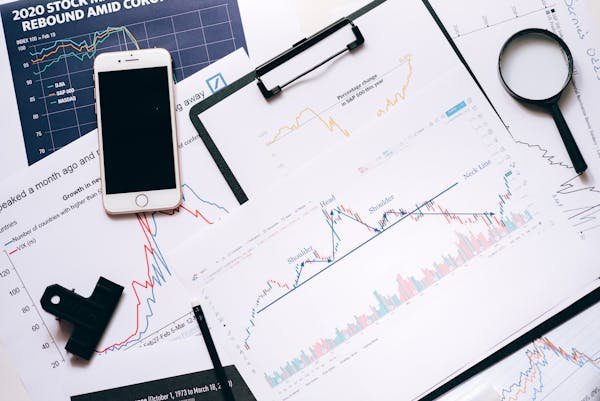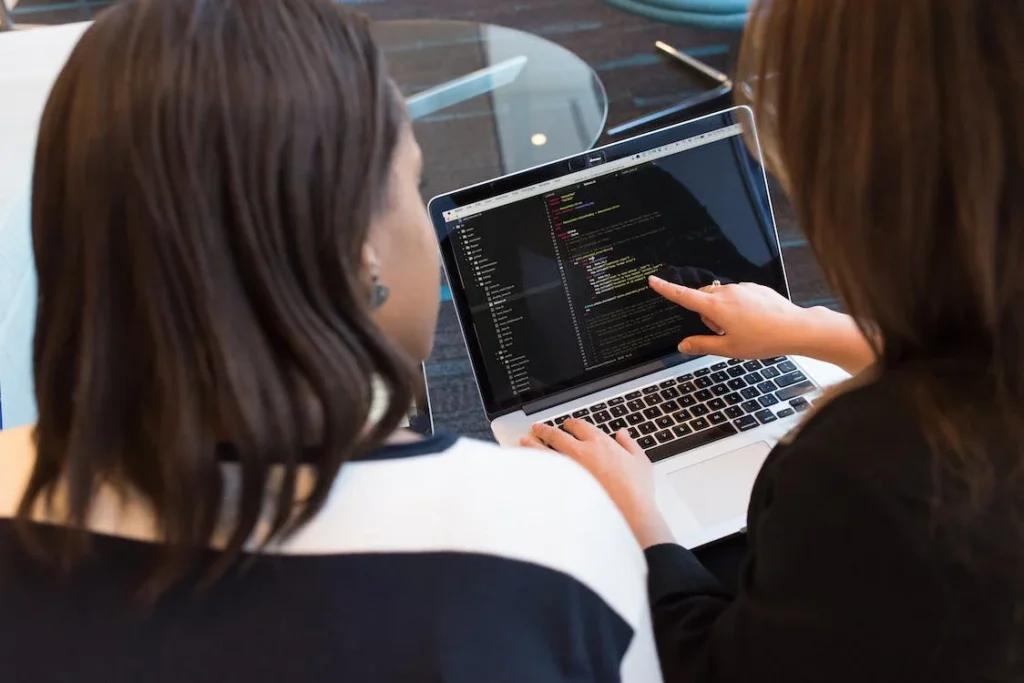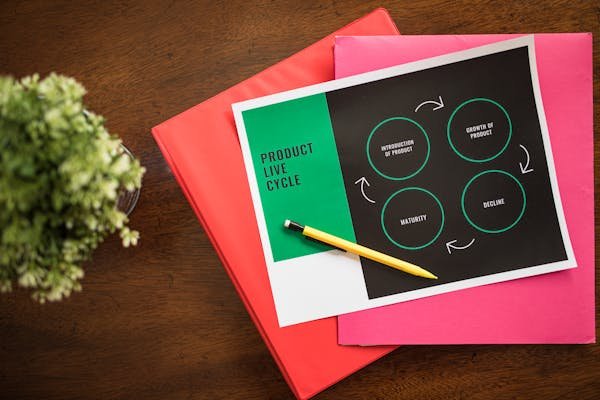In the digital age, software has become an integral part of our daily lives. From personal computers to smartphones, we rely on various applications to help us with work, communication, and entertainment. Software licensing plays a crucial role in regulating the use and distribution of these applications. Among the various types of software licenses, End-User License Agreements (EULA) are particularly significant as they establish the legal framework between software developers and end-users.
What is an End-User License Agreement (EULA)?
An End-User License Agreement (EULA) is a legal contract between a software developer and the end-user of the software. It outlines the rights and obligations of the user concerning the use, distribution, and modification of the software. The primary purpose of a EULA is to grant the end-user a limited, non-exclusive license to use the software while protecting the developer’s intellectual property rights and limiting their liability.
How EULAs differ from other software licensing agreements
EULAs are specifically designed for end-users, unlike other software licensing agreements that may cater to businesses or developers. While EULAs share some common elements with other types of software licenses, they are unique in their focus on the rights and restrictions applicable to individual users, rather than organizations or developers.
The role of EULAs in protecting intellectual property
EULAs play a critical role in safeguarding the intellectual property rights of software developers. By clearly outlining the scope of the end-user’s license, restrictions on use, and the ownership of intellectual property, EULAs help developers maintain control over their creations and prevent unauthorized copying, distribution, or modification of the software.
Key Components of a EULA
A. License grant and scope
This section of the EULA specifies the rights granted to the end-user regarding the use of the software. It typically includes details on the type of license (e.g., non-exclusive, non-transferable), the number of permitted installations or devices, and any restrictions on use, such as prohibiting commercial use or reverse engineering.
B. Restrictions on use
The EULA will often outline specific limitations on how the end-user can use the software. These restrictions may include prohibiting the user from modifying the software, using it for illegal activities, or redistributing it without permission.
C. Ownership and intellectual property rights
This section clarifies that the developer retains ownership of the software, including all copyrights, trademarks, patents, and other intellectual property rights. The end-user is granted a limited license to use the software but does not gain ownership of any underlying intellectual property.
Related Reads:
- How Intellectual Property Laws protect Trade Secrets and Software Code in the US
- Can You Protect Your Software by Patent or Copyright in India?
- How to Protect Your Software Code in the US
D. Warranty disclaimers
Warranty disclaimers protect the developer from liability by stating that the software is provided “as is” without any express or implied warranties, such as warranties of merchantability, fitness for a particular purpose, or non-infringement. This helps limit the developer’s liability in the event of any issues or damages resulting from the use of the software.
E. Limitation of liability
This section aims to limit the developer’s liability for any damages arising from the use of the software, such as lost profits or data loss. It typically includes a cap on the amount of damages that can be claimed, often expressed as a multiple of the license fee or a specific dollar amount. By limiting liability, developers can manage their risk exposure and avoid potentially crippling legal claims.
F. Termination provisions
Termination provisions outline the conditions under which the EULA can be terminated by either party. Common reasons for termination include breach of the agreement by the end-user, failure to pay license fees, or discontinuation of the software by the developer. This section also describes the consequences of termination, such as the requirement for the user to uninstall and cease using the software.
G. Governing law and jurisdiction
This component of the EULA specifies the legal framework and jurisdiction that will apply in the event of a dispute between the developer and end-user. By clearly defining the applicable law and jurisdiction, both parties can better understand their legal rights and obligations, and potential disputes can be more efficiently resolved.
H. Privacy policy and data usage
As software often collects and processes user data, the EULA should include a reference to the developer’s privacy policy and a description of how user data will be used and protected. This section is particularly important for compliance with data protection laws such as the General Data Protection Regulation (GDPR) in the European Union.
I. Export controls
Export control provisions in the EULA restrict the end-user from exporting the software to countries subject to trade embargoes or other restrictions. This helps the developer comply with applicable export control laws and regulations, which can carry significant penalties for violations.
J. Updates and modifications
This section of the EULA addresses the developer’s right to update or modify the software, as well as the end-user’s obligations to accept and install these updates. It may also cover any additional terms or fees that may apply to updates or new versions of the software.
K. Third-party software and components
Many software applications rely on third-party components, libraries, or services. The EULA should clearly identify any third-party software included in the application and any additional terms or licensing requirements associated with their use.
Related Read: 13+ Key Elements of a Software Development Agreement
Drafting an Effective EULA
A. Tailoring the agreement to your software and business needs
When drafting a EULA, it’s essential to tailor the terms to the specific needs of your software and business. This may involve considering factors such as the target market, the type of software, and any unique features or functionality. By customizing the EULA to your specific circumstances, you can better protect your intellectual property and minimize potential legal issues.
B. Ensuring clear and concise language
A well-drafted EULA should be written in clear, concise language that is easy for end-users to understand. Avoiding overly complex legal jargon can help prevent confusion and misunderstandings, increasing the likelihood that users will adhere to the agreement’s terms.
C. Balancing legal protection and user-friendliness
While it’s essential to protect your legal interests, a user-friendly EULA is more likely to be accepted and followed by end-users. Striking a balance between thorough legal protection and simplicity can help foster goodwill and trust between the developer and user.
D. Addressing regulatory requirements and compliance
An effective EULA should comply with all applicable laws and regulations, such as data protection, export controls, and accessibility requirements. Ensuring compliance can help prevent potential legal disputes and penalties for non-compliance.
E. Incorporating industry-specific considerations
Depending on the industry in which your software operates, there may be specific legal or regulatory requirements that should be addressed in the EULA. For example, software used in the healthcare or financial sectors may be subject to additional compliance obligations.
Enforcing and Updating EULAs
A. Methods of presenting and obtaining consent for EULAs
It’s crucial to present the EULA to end-users in a manner that ensures they understand and agree to its terms before using the software. Common methods include presenting the EULA during the software installation process, requiring users to scroll through and accept the agreement before proceeding, or incorporating a “clickwrap” mechanism where users must click a button to indicate their acceptance.
B. Monitoring compliance and enforcing terms
Developers should monitor the use of their software to ensure compliance with the EULA and take appropriate action if violations are detected. This may involve investigating reports of unauthorized use, distribution, or modification and taking legal action to enforce the agreement’s terms.
C. Updating EULAs to reflect changes in the software or legal landscape
As software evolves and the legal landscape changes, it’s essential to update the EULA accordingly. Regularly reviewing and updating the agreement can help ensure continued legal protection and compliance with new laws and regulations.
D. Communicating updates and modifications to users
When changes are made to the EULA, it’s important to communicate these updates to end-users. This may involve sending email notifications, displaying in-app messages, or requiring users to accept the updated agreement before continuing to use the software. Clear communication helps maintain transparency and trust between the developer and user.
EULA Best Practices for Software Developers and Businesses
Developers should prioritize protecting their intellectual property and minimizing liability when drafting and enforcing EULAs. This involves carefully crafting the agreement’s terms, ensuring compliance with applicable laws and regulations, and taking appropriate action to enforce the EULA when necessary.
Developers and businesses should be proactive in identifying and addressing potential legal issues or disputes related to EULAs. This may involve seeking legal advice, engaging in alternative dispute resolution methods, or pursuing legal action when necessary.
Legal and Regulatory Considerations for EULAs
Differences in EULA enforcement across jurisdictions
EULA enforcement may vary across jurisdictions, with some countries providing stronger legal protections for software developers than others. It’s important to be aware of these differences and draft the EULA accordingly to ensure maximum protection across all relevant jurisdictions.
Compliance with data protection and privacy laws
EULAs should address data protection and privacy requirements in accordance with applicable laws, such as the GDPR in the European Union or the California Consumer Privacy Act (CCPA) in the United States. Failure to comply with these laws can result in significant fines and penalties. You may also need a separate data processing agreement, depending on the data usage, size and other specific factors.
Export controls and restrictions
Developers should be aware of and comply with export control laws and regulations, which may restrict the distribution of certain software to specific countries or end-users. Including appropriate provisions in the EULA can help ensure compliance with these requirements.
Accessibility requirements
Some jurisdictions have accessibility requirements that apply to software, such as the Americans with Disabilities Act (ADA) in the United States. Ensuring that the EULA and the software itself comply with these requirements can help prevent potential legal disputes and promote inclusivity for all users.
Common EULA pitfalls
Some common pitfalls in EULA drafting and enforcement include using overly complex language, failing to properly present the agreement to users, and neglecting to update the EULA to reflect changes in software or legal requirements.
Industry-specific EULA considerations and examples
Certain industries, such as healthcare, finance, or education, may have specific EULA requirements or considerations due to the nature of the software or regulatory environment. For example, healthcare software may need to address compliance with the Health Insurance Portability and Accountability Act (HIPAA) in the United States, while financial software may need to adhere to specific regulations governing the handling of financial data.
The Future of EULAs and Software Licensing
A. Impact of emerging technologies and trends on EULAs
Emerging technologies, such as artificial intelligence, blockchain, and the Internet of Things (IoT), are changing the way software is developed, distributed, and used. As these technologies continue to evolve, EULAs will need to adapt to address new legal and regulatory challenges.
B. Evolving legal and regulatory landscape
The legal and regulatory landscape surrounding software licensing and EULAs is constantly evolving, with new laws and regulations being introduced to address emerging issues and concerns. Staying informed about these developments and updating EULAs accordingly will be essential for developers and end-users alike.
C. Adapting EULAs to new challenges and opportunities
As the software industry continues to evolve, EULAs must adapt to address new challenges and opportunities. This may involve incorporating new licensing models, such as subscription-based or usage-based licensing, or addressing the unique legal considerations associated with cloud computing, open-source software, or other emerging trends.
Wrapping it up
End-User License Agreements play a critical role in the software industry, providing a legal framework that protects the intellectual property rights of developers and sets out the terms and conditions for end-users. By understanding the key components of EULAs, drafting effective agreements tailored to specific software and business needs, and staying informed about the evolving legal and regulatory landscape, both developers and users can navigate the complex world of software licensing with confidence.
As the software industry continues to evolve, driven by emerging technologies and changing legal requirements, EULAs will need to adapt to address new challenges and opportunities. By staying informed and proactive, developers and businesses can ensure that their EULAs remain relevant and effective, promoting a positive and legally compliant software experience for all parties involved.
Read Next:
- Role of Due Diligence in M&A Processes: Explained!
- Original Equipment Manufacturing Contracts Explained!
Need any help with this? Send us an email at adhip[at]winsavvy.com or book a meeting for free here and we will show you how we do it.





















